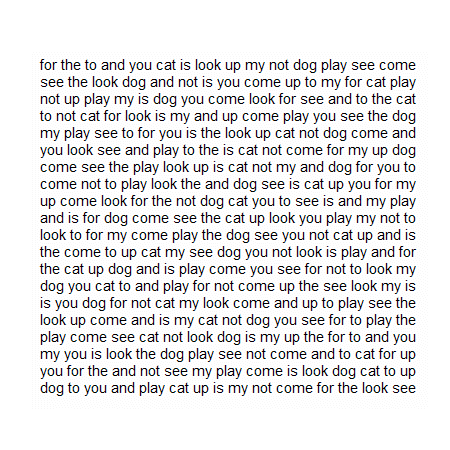
Visual Stress & Reading
Those experiencing difficulty with reading or symptoms of dyslexia should undergo a specialist vision assessment to check for any possible, underlying visual anomalies.
About Visual Stress
As a first step, it is important that any child who struggles to read should be investigated by a Specialist Optometrist. A primary consultation can screen for basic visual issues and check eye health. If reading problems are detected, your Optometrist may recommend further testing as necessary.
What Are the Main Causes of Reading Problems?
Children tend to suffer from problems reading largely due to cognitive or visual issues. Visual issues which affect reading ability can include:
Uncorrected long-sightedness or other refractive errors
Poorly coordinated eye muscle alignment
Accommodative problems (inability of the eye to change focus properly)
Visual stress
What Is Visual Stress?
Visual stress is a condition in which visual processing in the brain is affected by different wavelengths of l ight (different colours). Symptoms of Visual Stress can include:
Skipping words or lines
Reading slowly or hesitantly
Jumping around of words and letters
Difficulty keeping track and frequently losing place
Dark, light or coloured patches appearing
Blurring and doubling of letters or words
Example of Visual Stress Without Treatment
Example of Visual Stress with Treatment
Specialist Reading Assessment
What’s Involved in The Examination?
Our Specialist Optometrists apply a systematic approach to investigating symptoms of visual stress or difficulty reading. Prior to the assessment, you will be asked to complete a short questionnaire, which will help tailor the consultation to your child’s needs.
This will normally include an assessment of:
Your child’s spectacle prescription, if any
Binocular vision – how well the two eyes are working together
Reading speed (Wilkins Rate of Reading)
Coloured overlay testing – to assess if the child responds well to different colours
If this is found to be the case, your child may also benefit from a Colourimetry Assessment. Your Optometrist will discuss the suitability of this with you at your consultation.
Vision Therapy
After the consultation, the Optometrist will devise a program of vision therapy, if thought to be beneficial. This may include all or a combination of:
Eye exercises
Glasses
Coloured overlays/tints
Colourimetry
Colour & Visual Stress
The symptoms of visual stress can sometimes be alleviated by using coloured overlays or precision colour-tinted spectacles lenses. Clinical research in this area is ongoing, however despite the lack of settled consensus many patients report an appreciable alleviation in their symptoms with the use of coloured filters.
What Are Coloured Filters?
These are either coloured acetate sheets that are laid over the page or a filter put in spectacle lenses. The colour varies from individual to individual and is worked out by means of a coloured overlay assessment.
Colourimetry Assessment
Following a coloured overlay assessment and the successful use of a coloured overlay, for a trial period, the optometrist will perform a precision colourimetry assessment. Using the Intuitive Colourimeter patients will perform visual tasks to determine the exact hue, saturation and brightness of colour that alleviates symptoms of visual stress, migraines and other neurological symptoms.
Following the assessment a precision tint may be prescribed as appropriate. The colour will be specific to each individual’s needs, much more precise than an overlay and very often a different colour to the overlay. Coloured lenses are also much more convenient than overlays, especially for working from the board or on the computer.
Need More Information?
If you have a question about the Visual Stress & reading Clinic, or think your child may benefit from having an assessment, get in touch today.


